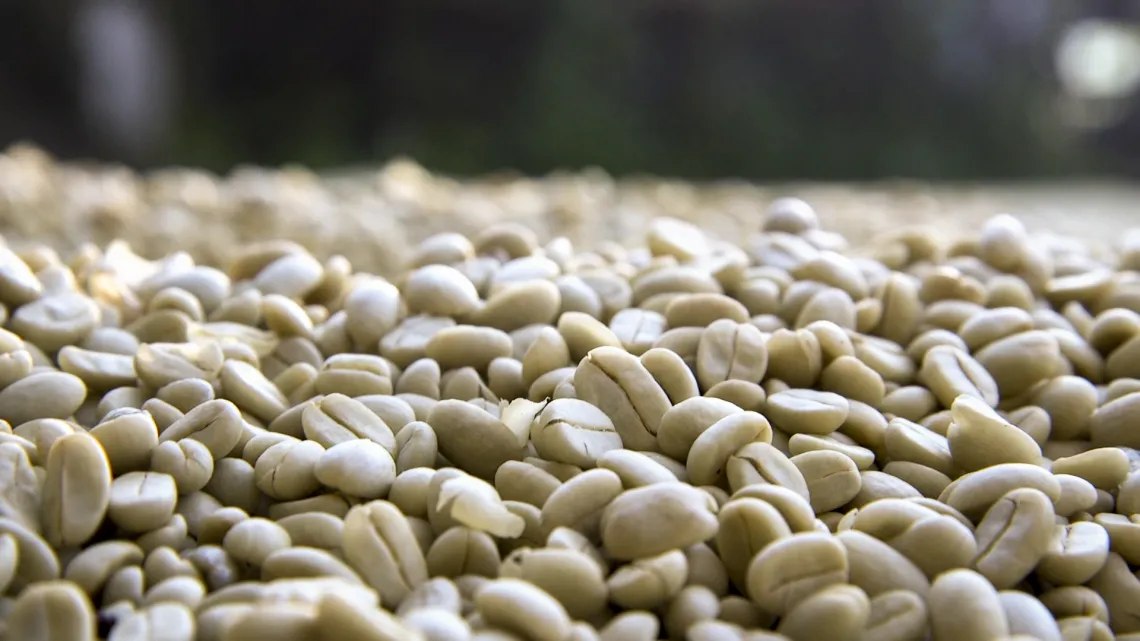Video: Guatemalan Coffee Farmers and a Changing Climate
On the mountainous slopes of Guatemala, coffee fields are threatened by changing rainfall, rising temperature, and a pathogenic fungus called "coffee rust." Tree rings may help scientists understand and address threats to Guatemalan coffee crops.

Coffee and climate come together on the mountainous slopes of Guatemala, where fields — and the livelihoods of indigenous farmers — are threatened by changing rainfall, rising temperature, and a fungus called “coffee rust.”
Today, Guatemala exports $756 million in coffee and is, after raw sugar and bananas, the country’s third largest export. But coffee bushes are a bit like Goldilocks in that they are finicky about their environment. They thrive in a narrow climate range, don’t like to be too hot or too cold, and don’t want to be too high or too low in elevation. They are, therefore, highly susceptible to changes in temperature and rainfall.
Guatemala’s climate has historically accommodated the coffee bush, but current climate models predict rising temperatures and decreased rainfall, potentially putting the crop — and the farmers who dependent on it — at risk. But, scientists ask, are the climate models correct? And if so, what can be done to help the farmers adapt?
And those questions are what draw Kevin Anchukaitis, associate professor in the UA’s School of Geography and Development, to Guatemala. He has been visiting the country periodically since 2008 to take tree ring samples and meet with local community leaders and scientific collaborators.
Why tree rings? Because trees generally add on annual rings that are related to precipitation. The wider the ring, the more rain fell that year. This makes trees a useful tool for paleoclimatology, the science of reconstructing the climate of the past. And even those trees that don’t always put on an annual ring can tell stories of their own as scientists study the anatomy of the wood to gain insights into historic temperature patterns.
Changes in precipitation and temperature may also be exacerbating other threats to Guatemala’s coffee crop. According to Anchukaitis, the fungus coffee rust is almost definitely tied to climate conditions. If he and his colleagues can figure out whether or not climate change will make it even more of a threat, they can help Guatemalan farmers adapt to an uncertain future.

